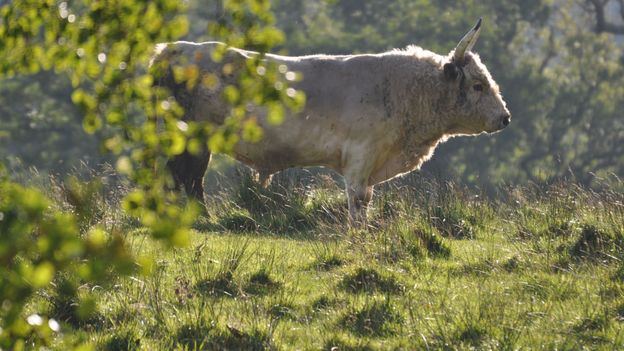Oubuffel
Member
- Joined
- Apr 9, 2021
- Messages
- 15
- Reaction score
- 2
Linebreeding is arguably one of the most powerful breeding techniques known to man. It provides us with the opportunity to save time. Because yes, breeding does take time, and a lot of it. By not making use of linebreeding techniques, a lifetime is often not long enough for us to achieve our goals and that is why many of us often turn towards linebreeding.
The topic of this thread is going to be Linebreeding Techniques - Their Success & Failures. In other words, what I am asking all my Cattle Today friends, is to share your personal experiences with us, with regards to linebreeding. Which technique gave you the best results - half brother with half sister, sire with daughter, son with dam? Any and all possible combinations. Which gave you the best results, or the greatest disappointments?
The topic of this thread is going to be Linebreeding Techniques - Their Success & Failures. In other words, what I am asking all my Cattle Today friends, is to share your personal experiences with us, with regards to linebreeding. Which technique gave you the best results - half brother with half sister, sire with daughter, son with dam? Any and all possible combinations. Which gave you the best results, or the greatest disappointments?

